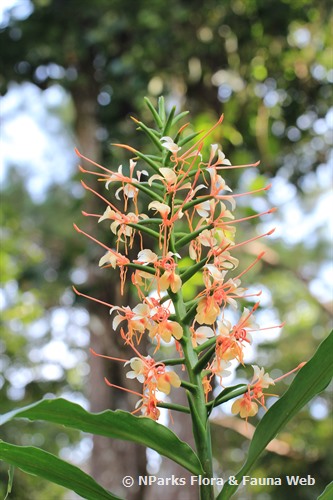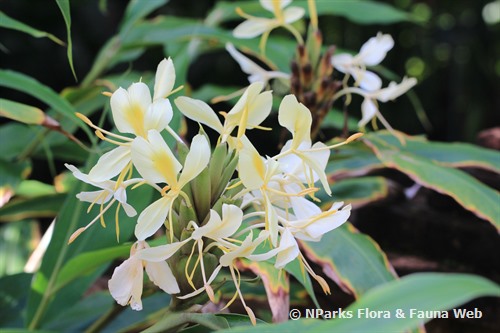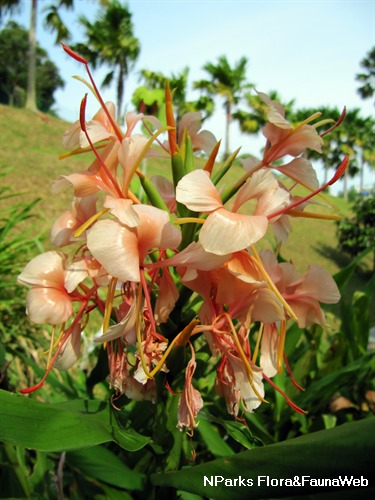
Back
Hedychium coronarium 'Elizabeth'
| Family Name: | Zingiberaceae |
| Common Name: | Elisabeth Ginger Lily |
Hedychium coronarium 'Elisabeth' is a herbaceous perennial hybrid with fragrant, salmon, butterfly-like flowers. This is one of the many hybrids bred by Tom Wood.
Name
Classifications and Characteristics
| Plant Division | Angiosperms (Flowering Seed Plants) (Monocotyledon) |
|---|---|
| Plant Growth Form | Herbaceous Plant |
| Lifespan (in Singapore) | Perennial |
| Mode of Nutrition | Autotrophic |
Biogeography
| Native Distribution | Of horticultural origin |
|---|---|
| Preferred Climate Zone | Tropical, Sub-Tropical / Monsoonal |
| Local Conservation Status | Non-native (Horticultural / Cultivated Only) |
Description and Ethnobotany
| Growth Form | It is a rhizomatous, herbaceous perennial that grows upright about 1 - 2.5 m tall. |
|---|---|
| Foliage | The leaves are green, smooth, glossy, oblong to narrow-lanceolate, up to 30 - 60 cm long and 10 - 15 cm wide. The leaves are arranged alternately in two ranks, i.e. distichously. |
| Stems | The erect aboveground 'stems' are pseudostems, a shoot formed from a series of leaf sheaths tightly wrapped around one another, and can reach 1.5 - 2 m tall. The true stems are underground ginger-like rhizomes (thick, horizontal modified stems). |
| Flowers | The inflorescence is a thryse, with each green bract subtending clusters of 2 - 3 butterfly-like flowers. What appear to be petals on the flowers are staminodes (sterile stamens), and the actual petals are fused into a corolla tube ending in three dangling, narrow lobes. The largest staminode is a fused pair called a lip. The flowers are peach to salmon-coloured and fragrant. |
| Cultivation | This Tom Wood hybrid does well in fertile, well-drained, organic-rich soil and grows in bright, direct or indirect sunlight or under dappled shade. It can be propagated by division via rhizomes. |
| Etymology | The genus Hedychium is derived from Ancient Greek, hedys "sweet" and chios "snow", referring to the white flowers of the type specimen, H. coronarium. |
Landscaping Features
| Desirable Plant Features | Ornamental Flowers |
|---|---|
| Landscape Uses | General, Parks & Gardens, Flowerbed / Border |
| Thematic Landscaping | Fragrant / Aromatherapy Garden |
Plant Care and Propagation
| Light Preference | Full Sun, Semi-Shade |
|---|---|
| Water Preference | Moderate Water |
| Plant Growth Rate | Fast to Moderate |
| Rootzone Tolerance | Moist Soils, Well-Drained Soils |
| Pest(s) | Chewing Insects |
| Propagation Method | Division, Storage Organ (Rhizome) |
Foliar
| Foliage Retention | Evergreen |
|---|---|
| Mature Foliage Colour(s) | Green |
| Foliar Modification | Flower/Fruit Bract |
| Foliar Type | Simple / Unifoliate |
| Foliar Arrangement Along Stem | Alternate |
| Foliar Attachment to Stem | Petiolate |
| Foliar Shape(s) | Non-Palm Foliage (Lanceolate, Oblong) |
| Foliar Venation | Pinnate / Net |
| Foliar Margin | Entire |
| Foliar Apex - Tip | Acuminate |
| Foliar Base | Cuneate |
| Leaf Area Index (LAI) for Green Plot Ratio | 3.5 (Shrub & Groundcover - Monocot) |
Non - Foliar and Storage
| Stem Type & Modification | Herbaceous, Pseudostem |
|---|---|
| Root Type | Underground (Fibrous Root) |
| Specialised Storage Organ(s) | Underground (Rhizome) |
Floral (Angiosperm)
| Flower & Plant Sexuality | Bisexual Flowers |
| Flower Colour(s) | Pink |
|---|---|
| Flower Texture(s) | Thin |
| Flower Grouping | Cluster / Inflorescence |
| Flower Location | Terminal |
| Flower Symmetry | Bilateral |
| Inflorescence Type | Thyrse |
| Ovary Position | Inferior / Epipgynous |
| Flowering Habit | Polycarpic |
Image Repository
Others
| Master ID | 32302 |
|---|---|
| Species ID | 6710 |
| Flora Disclaimer | The information in this website has been compiled from reliable sources, such as reference works on medicinal plants. It is not a substitute for medical advice or treatment and NParks does not purport to provide any medical advice. Readers should always consult his/her physician before using or consuming a plant for medicinal purposes. |

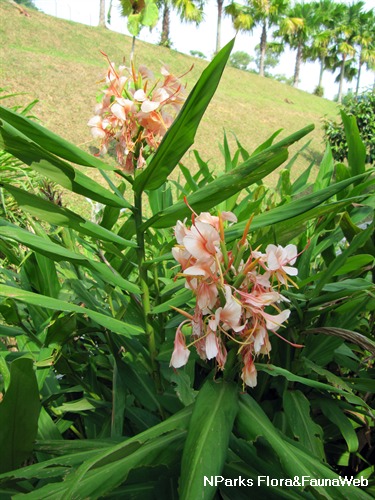
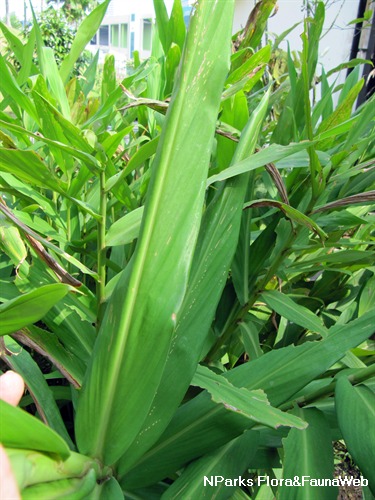
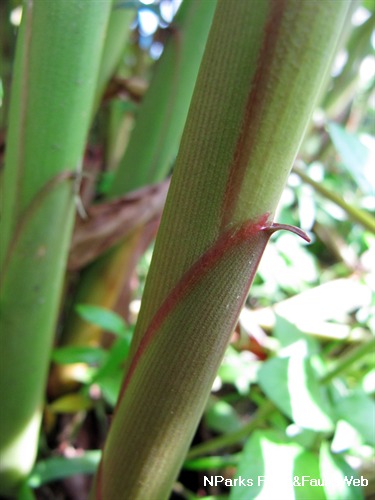
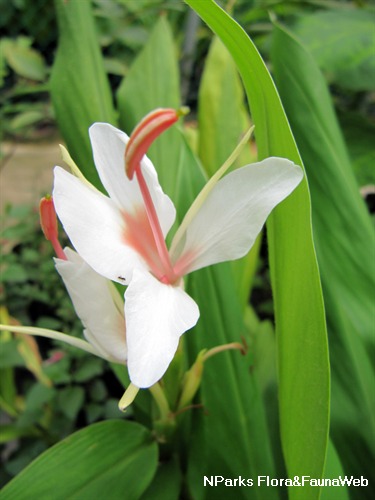
.jpg)
